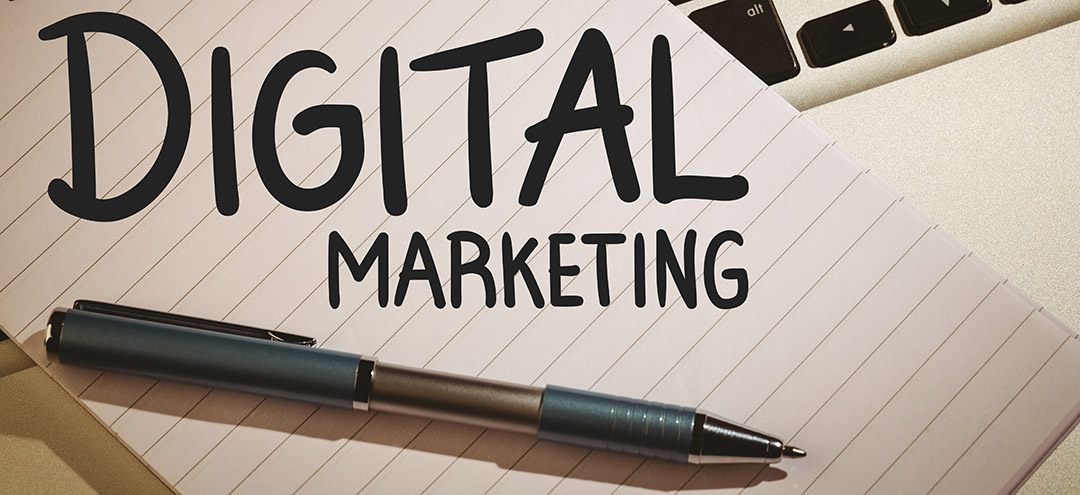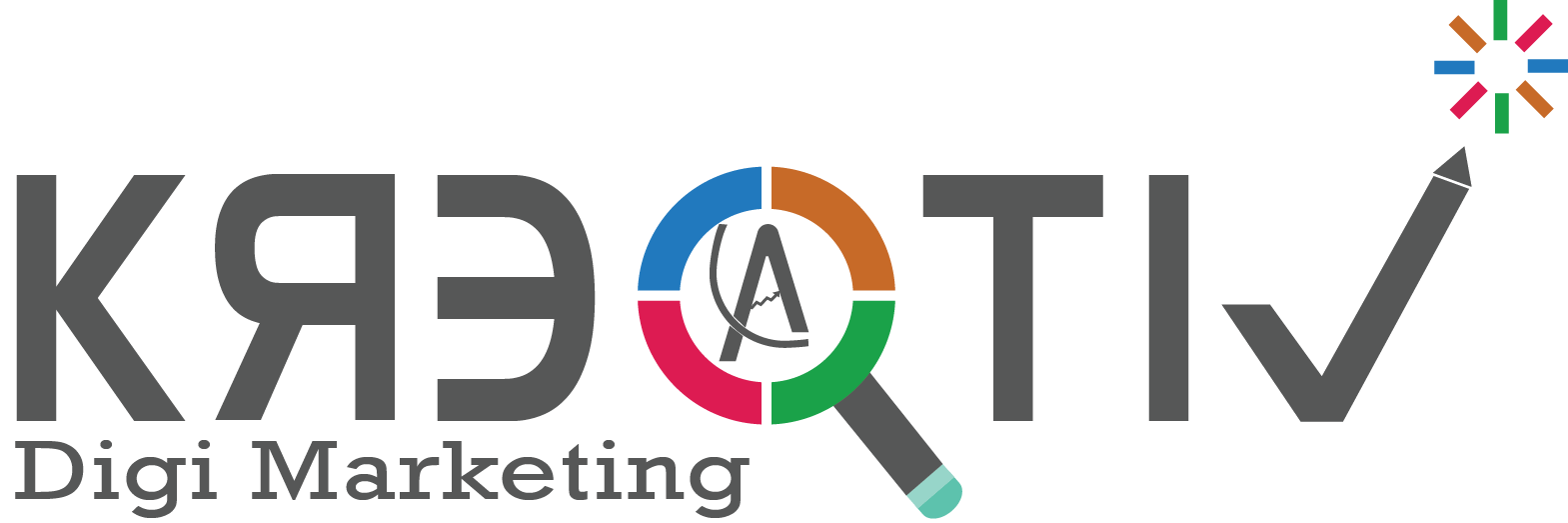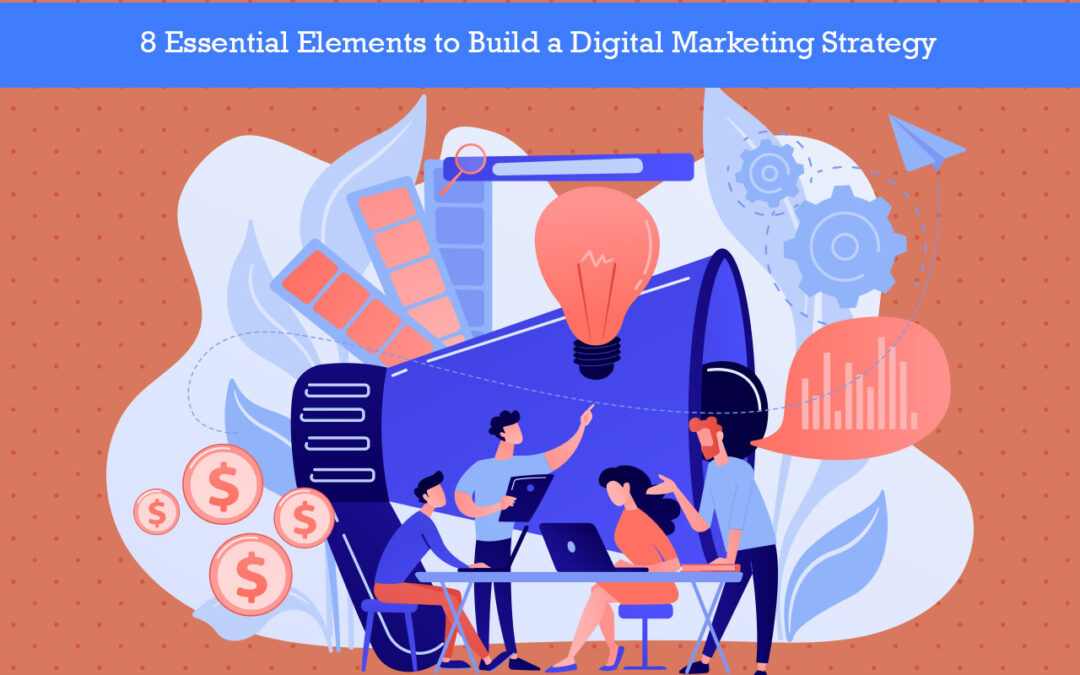Learn 8 best components of Digital Marketing Strategy
Digital marketing is growing day by day and here are 8 Essential Elements to Building a Digital Marketing Strategy.
A marketing strategy plays a very important role in any business. Isn’t it?
So you need to build a suitable strategy for your business before you start marketing. But how do you do that and what all you need for it might be some questions. Worry not!
Digital marketing is growing day by day and here are 8 Essential Elements to Building a Digital Marketing Strategy.
A marketing strategy plays a very important role in any business. Isn’t it?
So you need to build a suitable strategy for your business before you start marketing. But how do you do that and what all you need for it might be some questions. Worry not!
8 Essential Elements to Build a Digital Marketing Strategy
1. Establish a Practical Framework
It is important to plan out your strategy before taking any action. There are many techniques to accomplish this, such as content mapping, timelines, and editorial calendars.
To assist with this degree of content preparation and management, there are many tools available.
Establishing a number of ideal (realistic) outcomes is crucial, but uncertainty should also be allowed. And you want to base this on a collection of key performance indicators (KPIs) that you have selected and that are associated with your strategy and goals.
It’s likely that you won’t reach your final objective if you don’t select a selection of metrics to build your strategy on. When communicating and delegating, keep things as simple as you can.
2. Social Media Marketing
Social media is an important part of digital marketing because a massive 2.3 billion people utilize it. Utilizing social media, you may interact with both present and new clients and build relationships with them. They can contact you on social media and ask you direct questions about your goods and services.
Furthermore, social media listening enables you to identify important trends and gain insights into the attitudes and opinions of consumers regarding your company, your sector, your goods and services, and even your rivals.
This information can be used to guide other tactics.
For instance, if you make medical equipment and see that there are a lot of inquiries or conversations regarding how a particular product functions, you can add content to your website (possibly even a video).
3. Analyses and Reporting
It is crucial to continuously assess results when the digital strategy is put into action and compare them to the established KPIs to see whether all campaigns are on track to produce the expected results.
For each of the channels mentioned above, a list of key metrics must be created that will be watched and measured at regular intervals.
Monitoring analytics data carefully helps guide the plan in the proper direction and catch mistakes early enough to avoid spending a lot of money.
Each component of the digital strategy has its distinct advantages, and for them to truly add value, they must be flawlessly linked while bearing in mind.

4. Google Adwords, Facebook Ads, LinkedIn Ads, and Retargeting are all forms of paid advertising.
For companies that are just starting out, paid advertising is crucial to spreading the word and reaching a wider audience with their goods and services.
While SEO and offline initiatives have yet to start producing benefits, they can assist drive steady, worthwhile traffic to the website.
Paid advertising is a great avenue for building brand awareness and acquiring new customers for existing firms as well, so it is important to pay attention to it when developing a digital strategy.
Retargeting campaigns, and campaigns on the Google Display Network, Facebook, and LinkedIn all offer a variety of targeting that could help you reach the right audience for your product or service.
Paid search campaigns on Google Adwords have the advantage of being highly targeted by showing ads to people who are actively looking for your product or service.
5. Optimization for Search Engines
Through effective search marketing, search engine optimization (SEO) raises your brand’s online presence. To promote your brand in front of customers interested in your items, apply on-page optimization tactics and keyword strategies.
In the past, SEO raised websites in the rankings, occasionally through questionable methods. Today, SEO legitimizes your website(s) and should be applied to the consumer’s advantage.
Small and medium-sized businesses can do well in search engine results and see a sizable return on their SEO expenditures.
It is necessary to evaluate each medium’s applicability and efficacy for the relevant business and distribute advertising funds accordingly. Spending can then be redistributed to the media producing the best returns and performing the best.
6. Plan and Conduct an Audit of your Owned Media Initiatives
Owned media, which almost invariably takes the form of content, is at the core of digital marketing. This is because almost every communication your brand conveys may be categorized as content, whether it is through an About Us page on your website, product descriptions, blog posts, ebooks, infographics, podcasts, or social media updates.
While enhancing the online presence of your brand, content helps turn website visitors into leads and consumers. Additionally, SEO-friendly content can increase both organic and search traffic to your website.
You should include owned content in your digital marketing strategy, no matter what your objectives are. Decide what material will assist you to achieve your goals first.
You’re About Us page is probably not going to be included in your strategy if your objective is to produce 50% more leads through the website than you did last year unless that page has in some way historically been an effective lead-generation tool.
Here is a quick approach you may use to determine what owned content you require to achieve the objectives of your digital marketing plan.
7. Examine the Stuff You Already Have
Make a list of all the owned content you now have and rank it according to what has previously worked the best for your current objectives.
For instance, if generating leads is your primary objective, order your content according to the articles that have been most successful in that regard over the past 12 months.
Your content audit may reveal that eBooks housed on a specific kind of landing page convert incredibly well (better than webinars, for example).
8. Make a Plan for Producing Content
Make a content development plan outlining the content that will be required to assist you to achieve your goals based on your findings and the gaps you’ve found.
Content Schedule:
Describe the subjects, material kinds, and publishing schedule you’ll use to carry out your approach. You can keep coming back to this in order to prepare for forthcoming posts.
Of course, as you gain knowledge from your successes, mistakes, and insights, your business goals will change. However, it’s crucial to base any adjustments to your digital marketing approach on these new goals.

